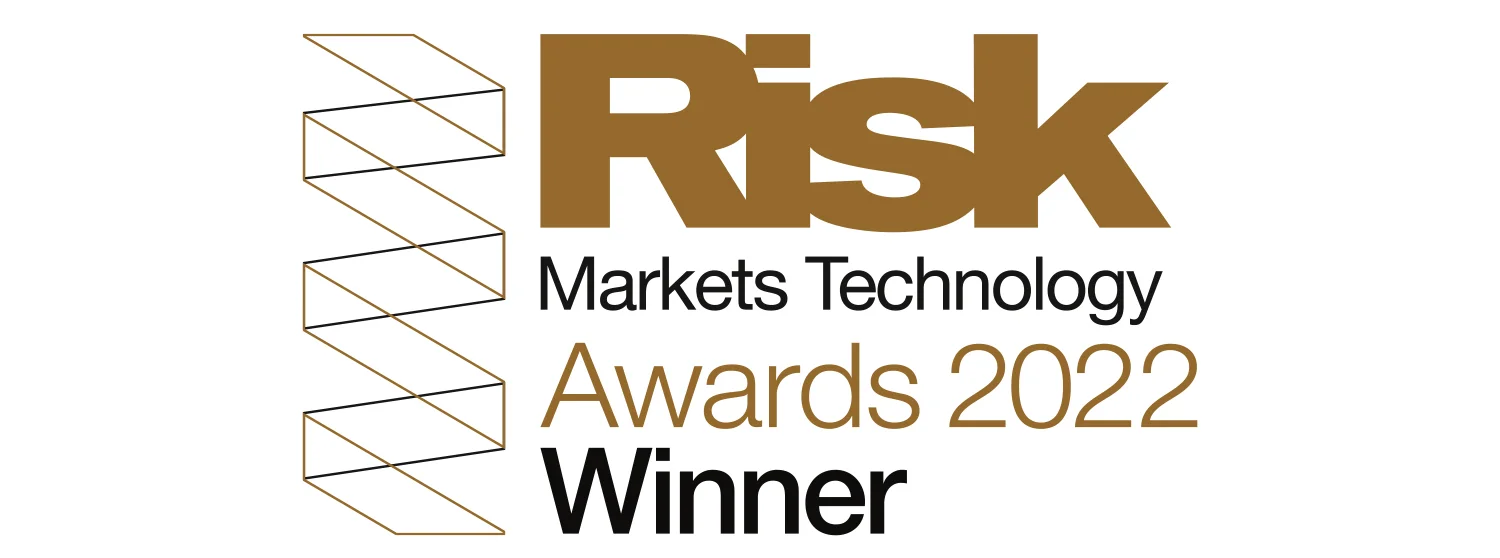
Best support for Libor reform: Bloomberg


The acceleration of the Libor transition ahead of its partial phase-out at the end of 2021 sparked huge demand for tools to help firms transition smoothly. Ever since the announcement in 2017 that Libor would end, Bloomberg has worked to develop a host of pricing tools, analytics and indexes to support firms through the reform.
The extensive Bloomberg product offerings include analysis of risk-free rates (RFRs) on individual securities, pricing and risk management tools for RFRs such as secured overnight financing rate (SOFR) swaps, electronic trading in overnight index swaps, and new indices.
Through Bloomberg’s Multi-Asset Risk System (MARS) clients can perform what-if analyses to understand the profit and loss implications and risk impacts on portfolios under different scenarios and discounting assumptions. In 2021, Bloomberg added support for pricing RFR-based structured notes.
On the Bloomberg Terminal, live interest rate yield curves for RFRs are integrated with structuring and pricing analytics to enable support for the pricing of derivatives and fixed income securities referencing RFRs. Market participants can also trade RFR-based derivatives using Bloomberg Global Trading Venues: Bloomberg swap execution facility (BSEF), Bloomberg’s EU multilateral trading facility (BTFE) and Bloomberg’s UK multilateral trading facility (BMTF).
There is also a dedicated product that enables clients to assess fallback impact on the securities in their portfolios. Bloomberg created this by manually reviewing final documentation on over 196,000 cash fixed income securities to identify the applicable fallback language. The product indicates whether a security’s fallback provisions are inadequate as defined under New York State legislation, whether it is subject to those provisions or adheres to the fallback language recommended by the Alternative Reference Rates Committee (ARRC). The dataset captures the full ARRC-recommended benchmark waterfall, which includes fallbacks to term SOFR and ARRC spread adjustment.
In January 2021, Bloomberg launched the Bloomberg Short Term Bank Yield Index (BSBY), a set of forward-looking credit sensitive indices constructed using aggregated and anonymised transaction data. The following April, an independent assurance review of BSBY confirmed that it adheres to the International Organization of Securities Commissions’ Principles for financial benchmarks. Several instruments, including floating rate bank notes, swaps, bonds and loans tied to BSBY have now been issued and traded, and BSBY futures were launched by CME Group in August 2021.
The selection of euro short-term rate (€STR) and SOFR as the new RFRs for euros and US dollars, respectively, brought the issue of credit support annexes (CSAs) with different rates of interest on variation margin into sharper focus. To support this transition, Bloomberg enhanced its CSA curve analytics to allow the user to select the CSA-appropriate collateral curve.
Judges said:
- “Bloomberg offers robust support of the Libor changeover to RFRs with an extensive range of products across its platforms.”
- “The fallback language product is impressive, capturing the full ARRC-recommended benchmark waterfall.”
Steffan Tsilimos, Global Head of Interest Rates Products at Bloomberg, says:
“There is no ‘one-size fits-all’ benchmark or solution to Libor transition, and Bloomberg continues to build products to address the various scenarios that could potentially arise. Our clients depend on our analytics and portfolio solutions to provide risk and financial analysis on derivatives, loans and other fixed income instruments due to existing systems lacking the capability to properly handle RFRs. In addition, Bloomberg is one of the only vendors to have mined cash security documentation across more than 196,000 cash fixed income securities, including floating-rate notes, municipal securities, preferred securities, mortgages and syndicated loans, to locate fallback language.”
Sponsored content
Copyright Infopro Digital Limited. All rights reserved.
As outlined in our terms and conditions, https://www.infopro-digital.com/terms-and-conditions/subscriptions/ (point 2.4), printing is limited to a single copy.
If you would like to purchase additional rights please email info@risk.net
Copyright Infopro Digital Limited. All rights reserved.
You may share this content using our article tools. As outlined in our terms and conditions, https://www.infopro-digital.com/terms-and-conditions/subscriptions/ (clause 2.4), an Authorised User may only make one copy of the materials for their own personal use. You must also comply with the restrictions in clause 2.5.
If you would like to purchase additional rights please email info@risk.net